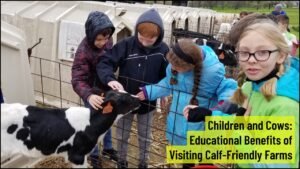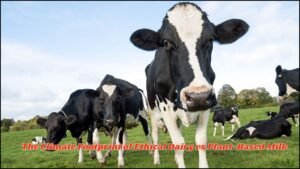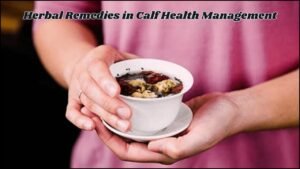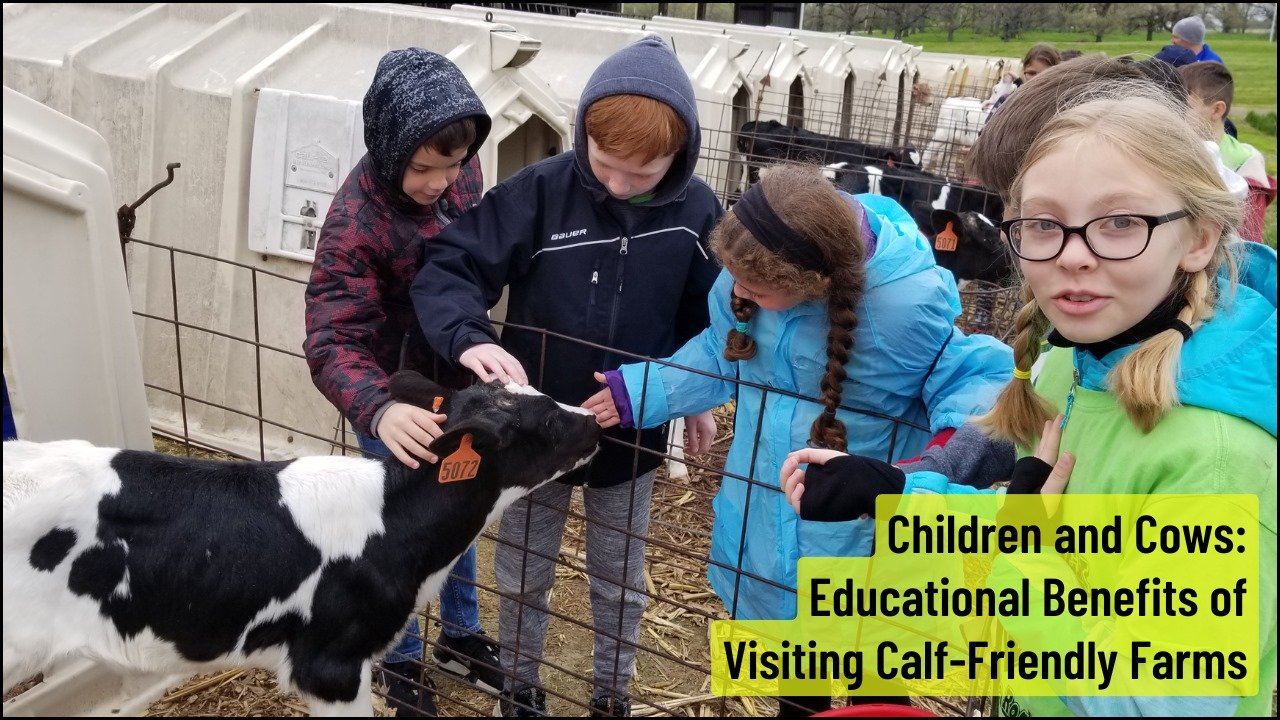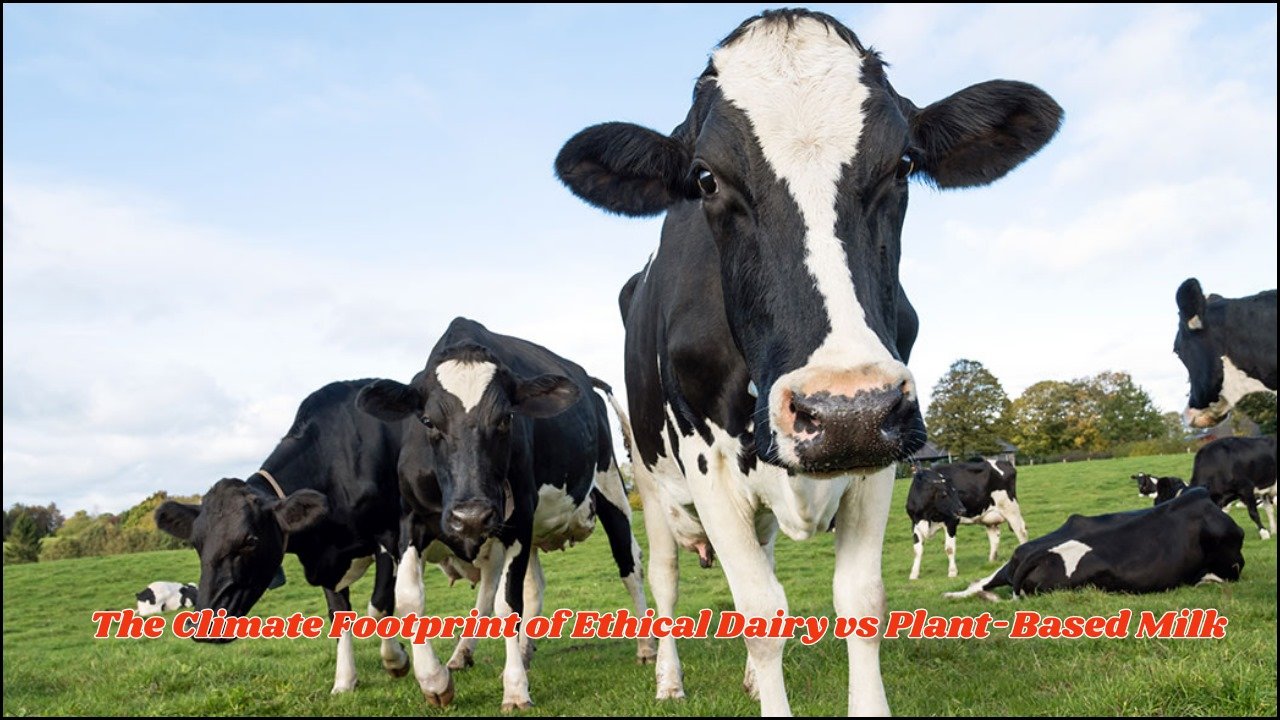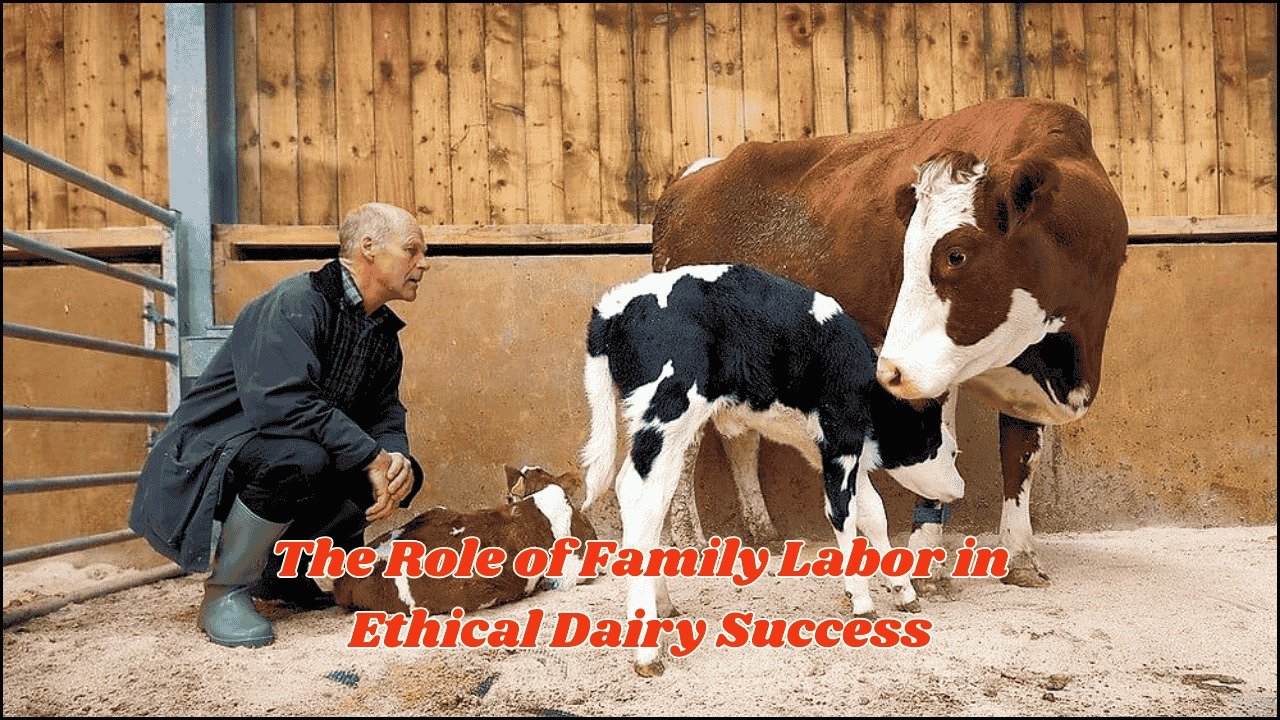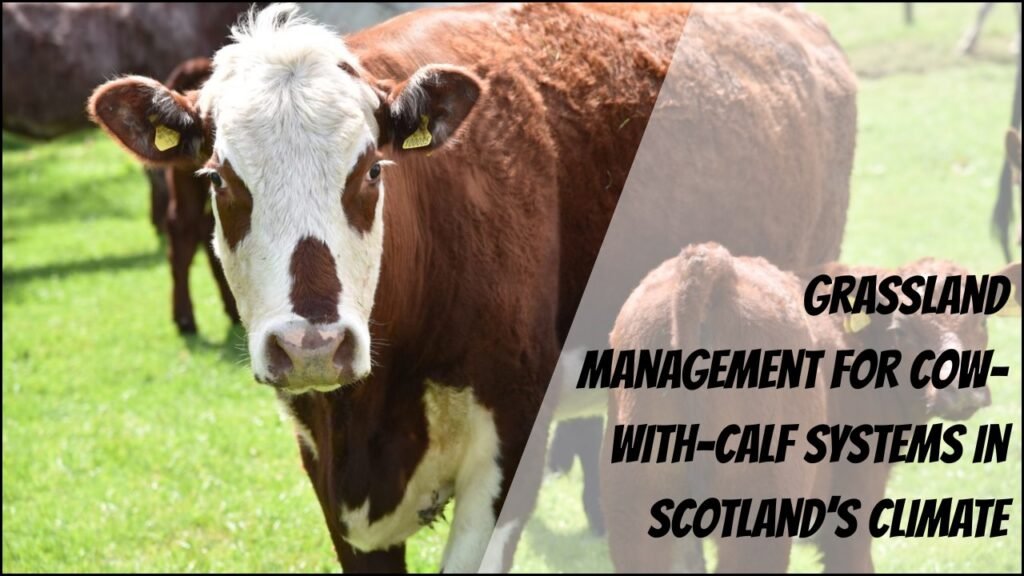
Cow-with-calf systems, where calves remain with their mothers for extended periods, are gaining attention in Scotland for both animal welfare and farmer well-being benefits. However, the success of these systems depends heavily on effective grassland management. Scotland’s variable climate — marked by cool summers, high rainfall, and short growing seasons — presents unique challenges and opportunities for farmers managing grazing land.
Good grassland management ensures healthy pastures, consistent forage supply, and sustainable productivity while supporting soil health and biodiversity. Here’s a look at practical, research-backed strategies for grazing rotations, soil care, and pasture biodiversity tailored to Scotland’s climate.
Table of Contents
Overview
| Focus Area | Key Practices for Scotland |
|---|---|
| Grazing Rotation | Move every 2–5 days, 20–30 day rest, flexible paddock sizes |
| Soil Health | Regular soil tests, minimise compaction, add organic matter |
| Pasture Biodiversity | Use legumes and herbs, reseed with mixed species, wildlife-friendly margins |
| Climate Adaptation | Adjust rotations to rainfall patterns, monitor grass growth |
| Productivity Benefits | Higher forage quality, reduced feed costs, better animal performance |
| Environmental Gains | Improved soil structure, carbon storage, pollinator support |
Grazing Rotation Strategies
Rotational grazing is a cornerstone of successful cow-with-calf systems. Rather than allowing cattle to graze the same pasture continuously, fields are divided into smaller paddocks, and livestock are moved regularly. This method prevents overgrazing, allows plants to recover, and optimises nutrient cycling.
In Scotland’s wetter regions, rotations can also reduce soil compaction and damage during periods of heavy rain. Key tips include:
- Shorter grazing periods: Moving cattle every 2–5 days helps maintain sward height and plant recovery.
- Rest periods: Allow pastures 20–30 days to regrow before reintroducing livestock, adjusting for seasonal growth rates.
- Flexible planning: Use portable electric fencing to adjust paddock sizes based on grass growth and herd needs.
Soil Health Maintenance
Healthy soil is the foundation of productive pastures. In Scotland, high rainfall can lead to nutrient leaching and compaction, which affect grass growth. Farmers should focus on:
- Regular soil testing: Check pH, organic matter, and nutrient levels to guide fertiliser and lime applications.
- Minimising compaction: Avoid grazing during very wet conditions and use low-pressure tyres on machinery to protect soil structure.
- Organic matter improvement: Apply well-rotted manure or compost to increase fertility and water retention.
Encouraging deep-rooted plant species also helps aerate soil naturally, improving drainage and resilience during wet periods.
Enhancing Pasture Biodiversity
Biodiverse pastures not only support pollinators and wildlife but also provide more resilient forage. In cow-with-calf systems, diverse swards can improve the nutritional profile of the diet and reduce reliance on supplementary feeds.
Strategies for boosting biodiversity include:
- Mixed-species swards: Combine perennial ryegrass with legumes like clover for nitrogen fixation and herbs such as chicory for mineral diversity.
- Rest and reseeding: Periodically reseed with varied species to replace worn-out pastures and maintain diversity.
- Wildlife-friendly margins: Leave field edges uncut or lightly grazed to support habitats for insects and birds.
Managing for Scotland’s Climate
Scotland’s unpredictable weather means farmers must be adaptable. In wet years, grazing plans may need to change to protect soil and prevent poaching. In drier years, rotation lengths may need shortening to make the most of available grass growth.
Using grass growth monitoring tools, such as plate meters or visual assessments, helps make timely decisions. Collaboration with local grazing groups or advisory services can also provide valuable support in adjusting strategies to seasonal variations.
Long-Term Sustainability Benefits
When grassland management is optimised, cow-with-calf systems can be both productive and environmentally beneficial. Well-managed pastures reduce erosion, store carbon, and improve water quality while providing a steady, nutritious feed supply for cattle.
For farmers, these practices also bring economic gains by lowering feed costs, reducing vet bills through healthier livestock, and enhancing farm reputation through sustainable methods.
FAQs
Q:- Why is rotational grazing better for cow-with-calf systems?
A = It allows pastures to recover, improves forage quality, and supports healthier soil.
Q:- How often should soil be tested in Scottish grazing systems?
A = Ideally every 3–5 years, or more frequently if problems are suspected.
Q:- Can diverse swards survive Scotland’s wet climate?
A = Yes, if well-chosen species are used; clovers, ryegrasses, and certain herbs thrive in these conditions.

